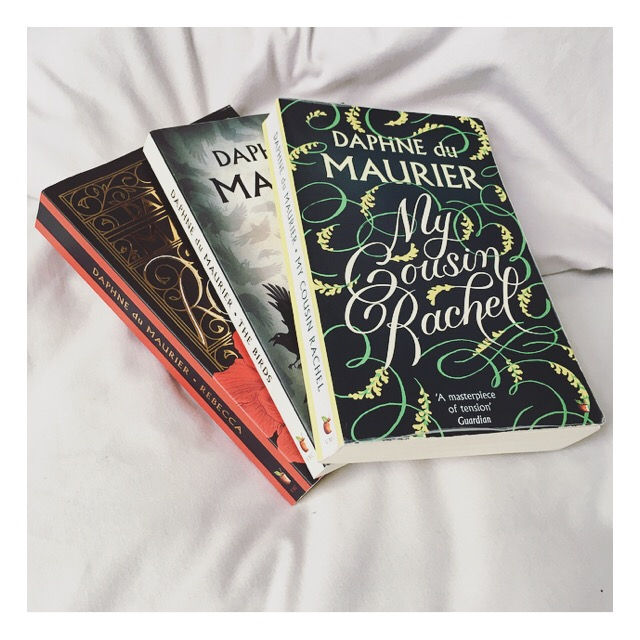A Spotlight On: Virago Books
- theshelfldn
- Nov 5, 2017
- 3 min read
As a lifelong reader, there are some names in publishing that I know I can trust to release insightful, fascinating or simply entertaining reads. These are publishers whose websites I routinely check for new releases, and whose logos leap out at me from the shelves of bookshops. To celebrate these names, I have decided to start a new series of post focusing a spotlight on the companies I admire. These will be both independent publishers, and smaller imprints of bigger names. Starting us off is Virago, home to Angela Carter, Maya Angelou and Margaret Atwood. Though now under the Little, Brown name (which in turn is part of Hachette), Virago has its own fascinating history.

A Virago can be defined as a she-devil, vixen, fire-eater and wench, all terms which are proudly stamped on the homepage of Virago Books’ website. The ferocity of these figures encapsulates the ethos of the publisher, which is dedicated to releasing writing by women across all genres. The company was formed as a remedy to the patriarchal attitudes towards female writers in the 1970s, with the claim that they would release books aimed towards the 52% of the population that were being overlooked. Publishing a wide range of genres including children’s, fiction and non-fiction, this is a company committed to putting the female voice on the centre-stage.
The women who formed the company were seen as pioneers, confronting an ingrained dismissal of women. Publishing at the time was largely a man’s world, which these women were determined to pull down. Their first office teetered five floors above a ‘gentlemen’s club’ in Soho, London. From here they transformed the world of publishing, creating a space in which women could decide what people would be reading.

The first few years of Virago saw the publication of countless near-forgotten novels, including Frost in May by Antonia White, which was to be the first in their Virago Modern Classics series. This tells the story of a high-spirited young girl and her experiences growing up in a convent school. On the brink of disappearing, Virago picked up this book 45 years after its initial publication, releasing it in paperback and giving it a fresh lease of life. This championing of forgotten female voices is a huge part of Virago’s selling point- they protect and promote voices that might otherwise be lost. Stand out books among the VMC list include The Shutter of Snow by Emily Louise Coleman, 84 Charing Cross Road by Helene Hanff and Elizabeth Taylor’s A Game of Hide and Seek.

Today Virago is home to some of the biggest names in literature including Margaret Atwood and Daphne Du Maurier. Their dedication to securing a readership for female authors within a younger generation of readers is still strong, as is demonstrated by their recent rebinding of Du Maurier’s backlist in covers intended to appeal specifically to a younger generation of readers. Alongside these republished classics, Virago’s contemporary publications include some of today’s most talented female storytellers. Sarah Waters’ historical novels are celebrated for both their intricate emotive detail and the portrayal of lesbian relationships, Charlotte Rogan’s brilliant debut The Lifeboat brought a gruesome 19th century tale of survival alive, and Linda Grant’s novels are frequently named on award shortlists.

There is no doubt that the impact of Virago Books has been significant in the world of literature for the better, creating a more inclusive publishing world. Though there is certainly more progress to be made, the women behind Virago’s conception have ensured that the voices of many female authors will live on.

Comments